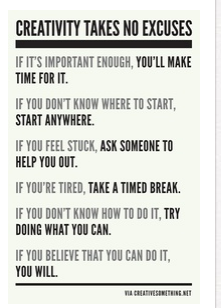Michigan-based book retailer, Borders filed for bankruptcy and closed up shop. They had been looking for a buyer for the company with no success, and it had been unable to keep up with its costs and its larger rivals, Amazon and Barnes and Noble. So what happened to Borders? How should marketers adapt to avoid similar problems as these Borders mistakes?

Borders fell victim to the trapping of four key problems that ultimately caused the long and slow death of its business. Do they make sense to you?
Failure to Pivot During Technology Disruption
Technology, by its nature, is disruptive. It causes changes to markets that impact the business strategy of all companies in a given market. In the book-selling business, this disruptive technology was the shift from print to electronic books. Amazon was the first in the industry to make the shift to ebooks, followed by Barnes and Noble.
This left Borders lagging behind in a position where it was too late to shift to ebooks and own a viable ecosystem for distributing them. Earlier, Amazon announced that ebooks once thought of as a fad only to be used by technology geeks, now outsold printed books. Industries change (just ask the music industry!). Ultimately, Borders failed to change its business strategy quickly enough to follow and succeed in an adapting market.
Marketing Takeaway: Social media, DVRs, search engines, caller ID, and many other technologies are fundamentally changing the way companies market. Don’t continue to rely on cold-calling, TV advertisements, and the Yellow Pages; this is the equivalent of what Borders did.
Instead, be like Amazon and use disruptive technology to your advantage by starting a business blog, becoming active in social media, and focusing on paid and organic search engine marketing.
Inability to Control Costs
Failing to control costs is a quick death knell for any business. For Borders, its inability to control costs stemmed from its failure to adapt its business strategy. Amazon and Barnes and Noble were able to reduce their costs with electronic books and more online sales. Borders stuck to its model of retail sales and therefore failed.
Marketing Takeaway: Technology disruption like social media and search engine marketing often results in changes in cost. Not to say that these new marketing tactics are free. Instead, they offer a lower cost and more effective alternative to traditional marketing when executed correctly. As a marketer, it is your job to continue to test new marketing opportunities for your business in a constant quest to lower your cost-per-lead.
